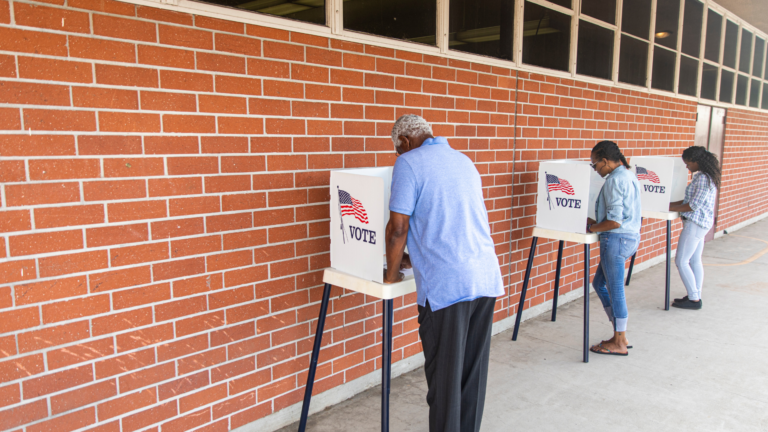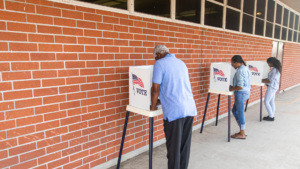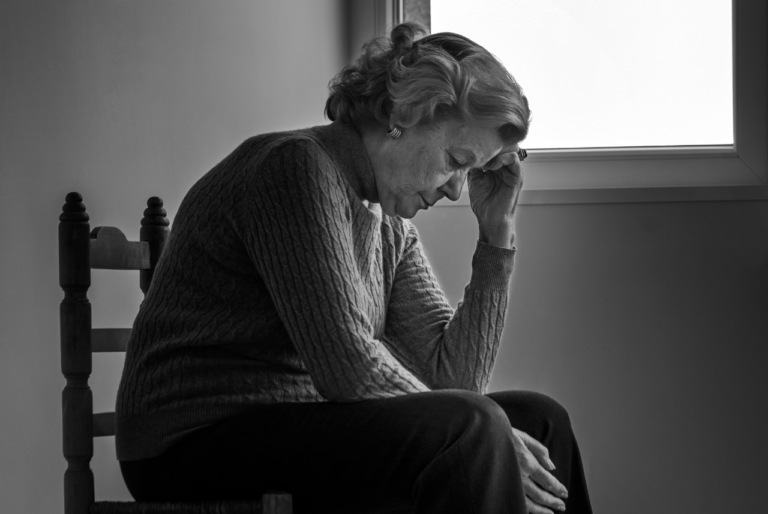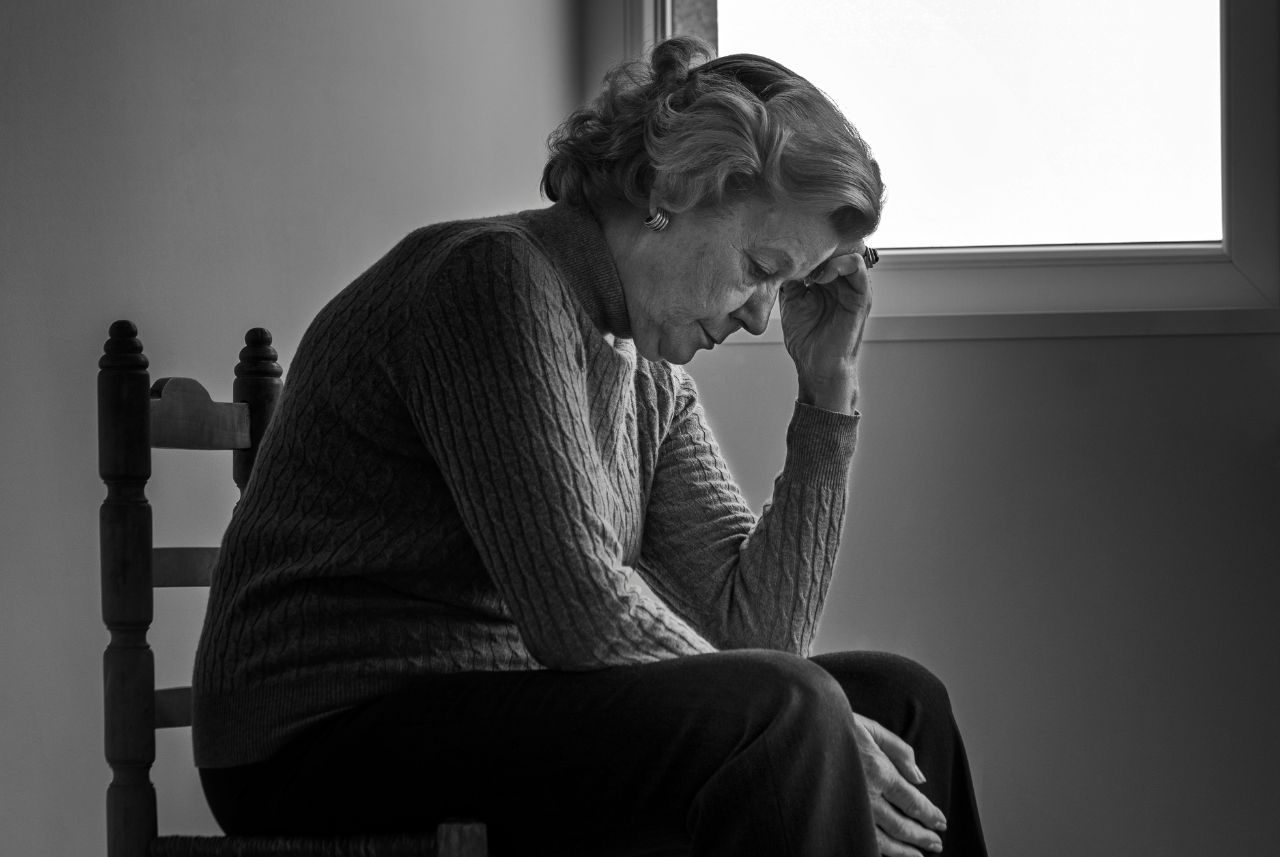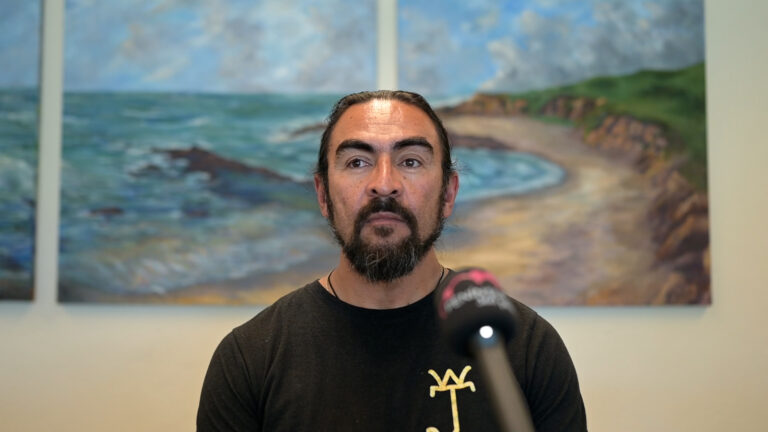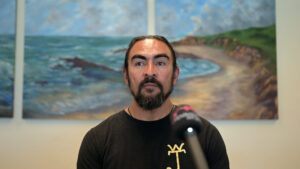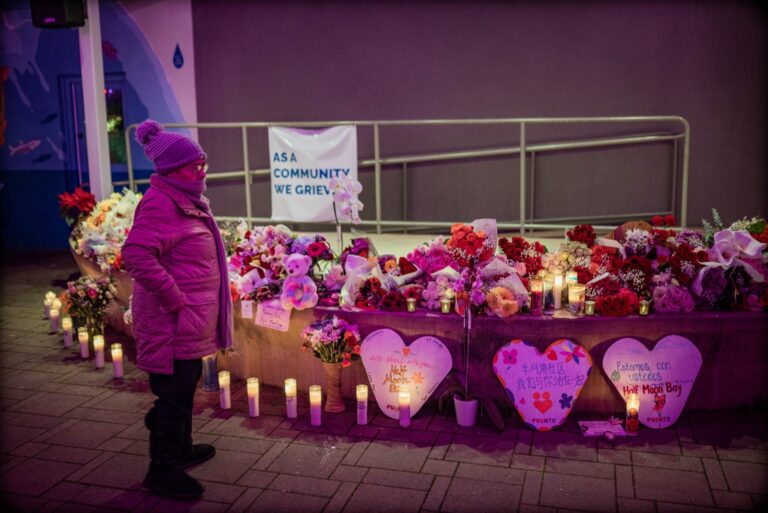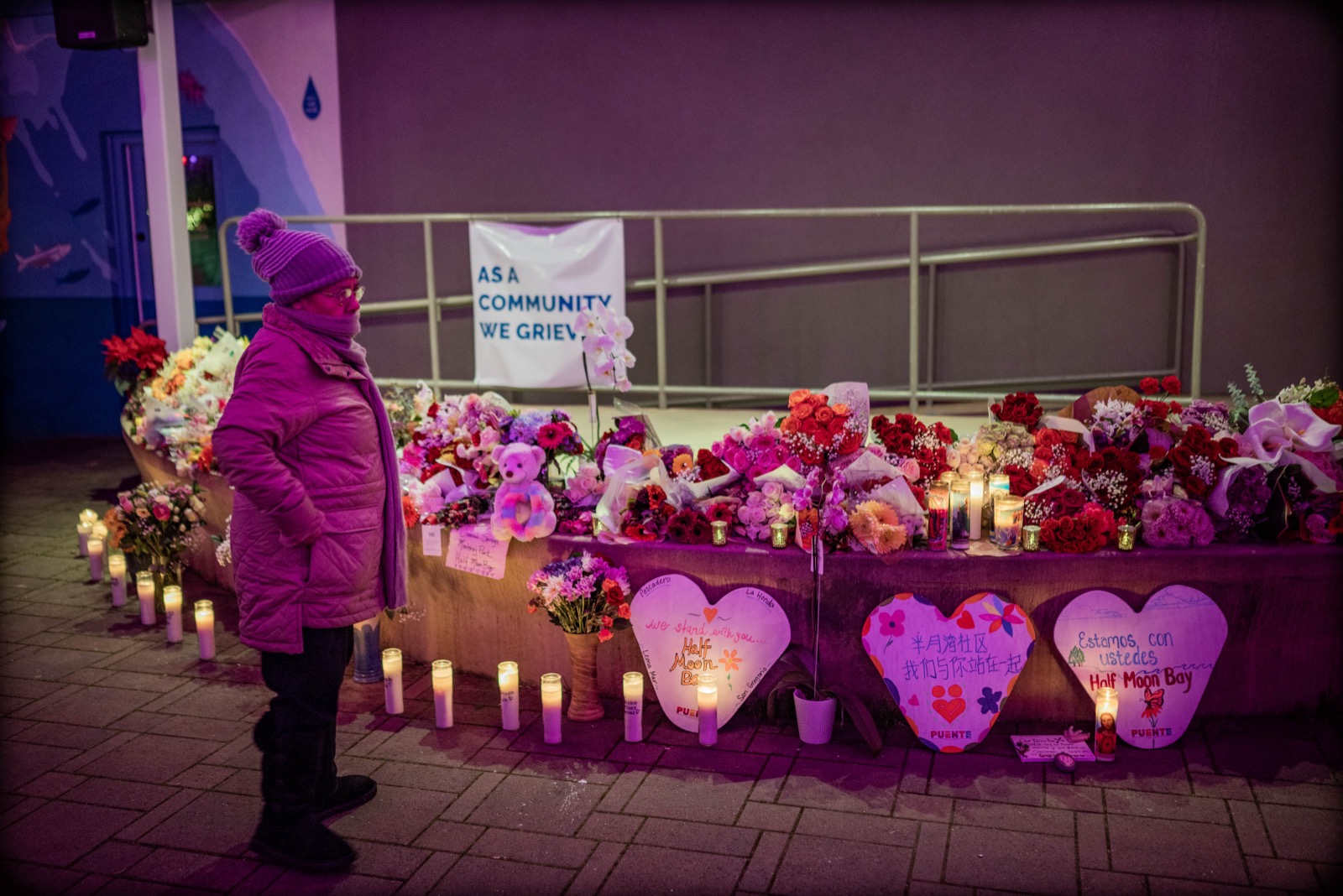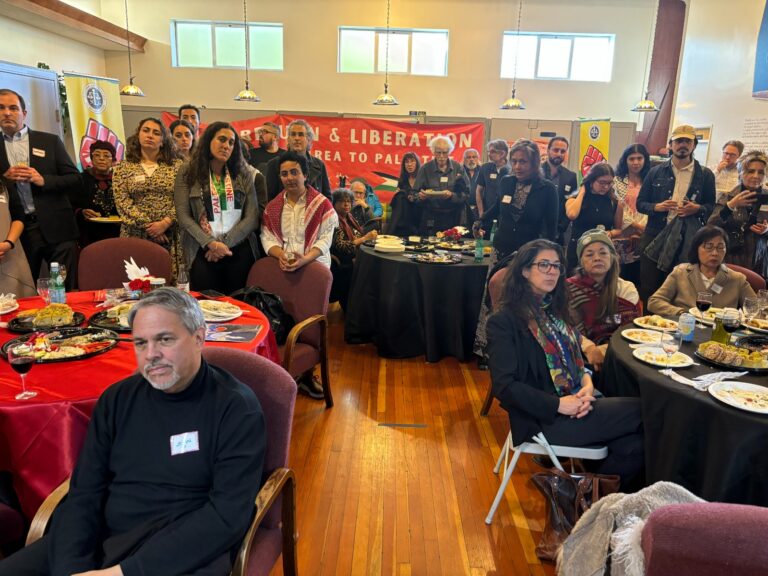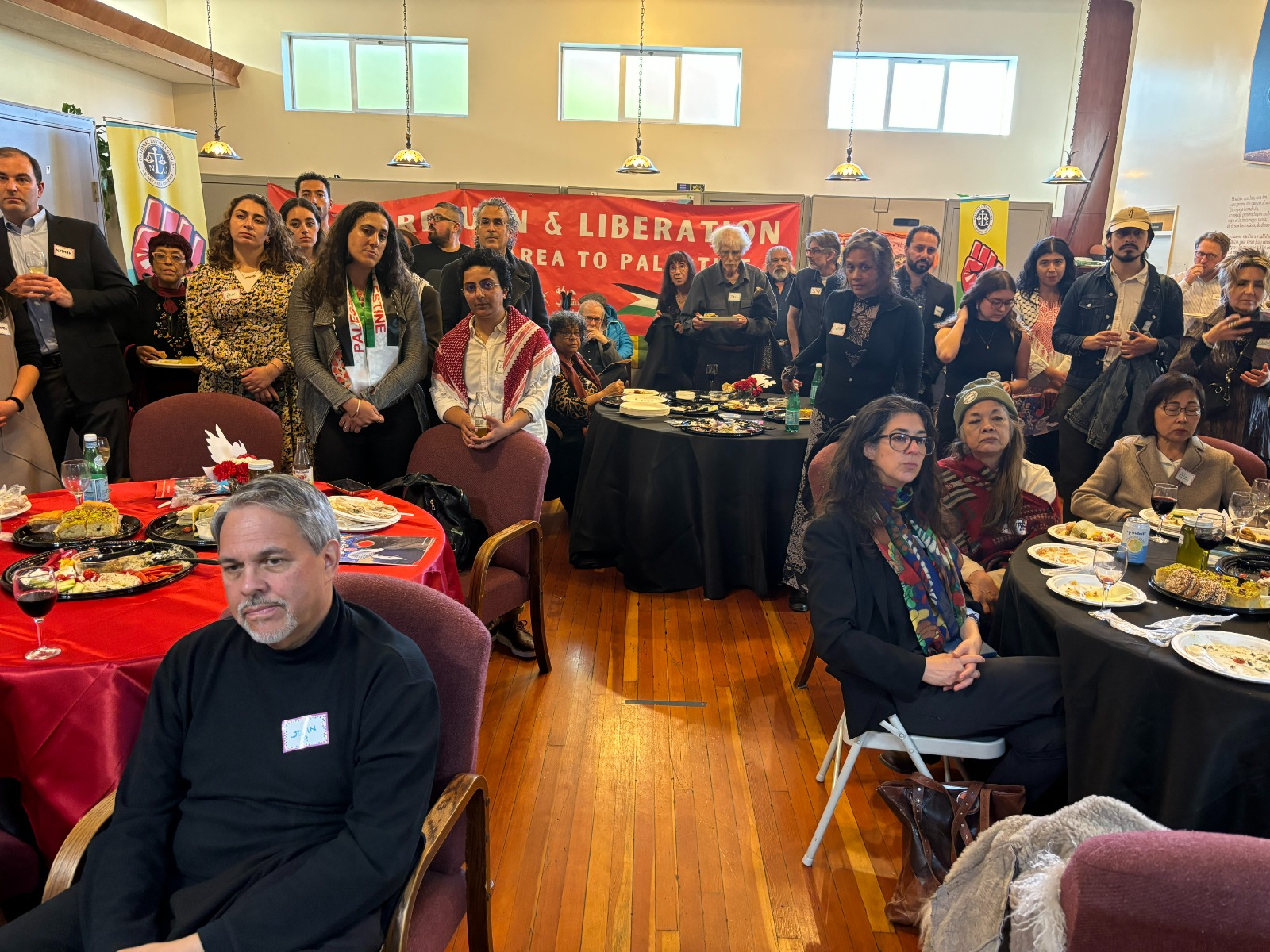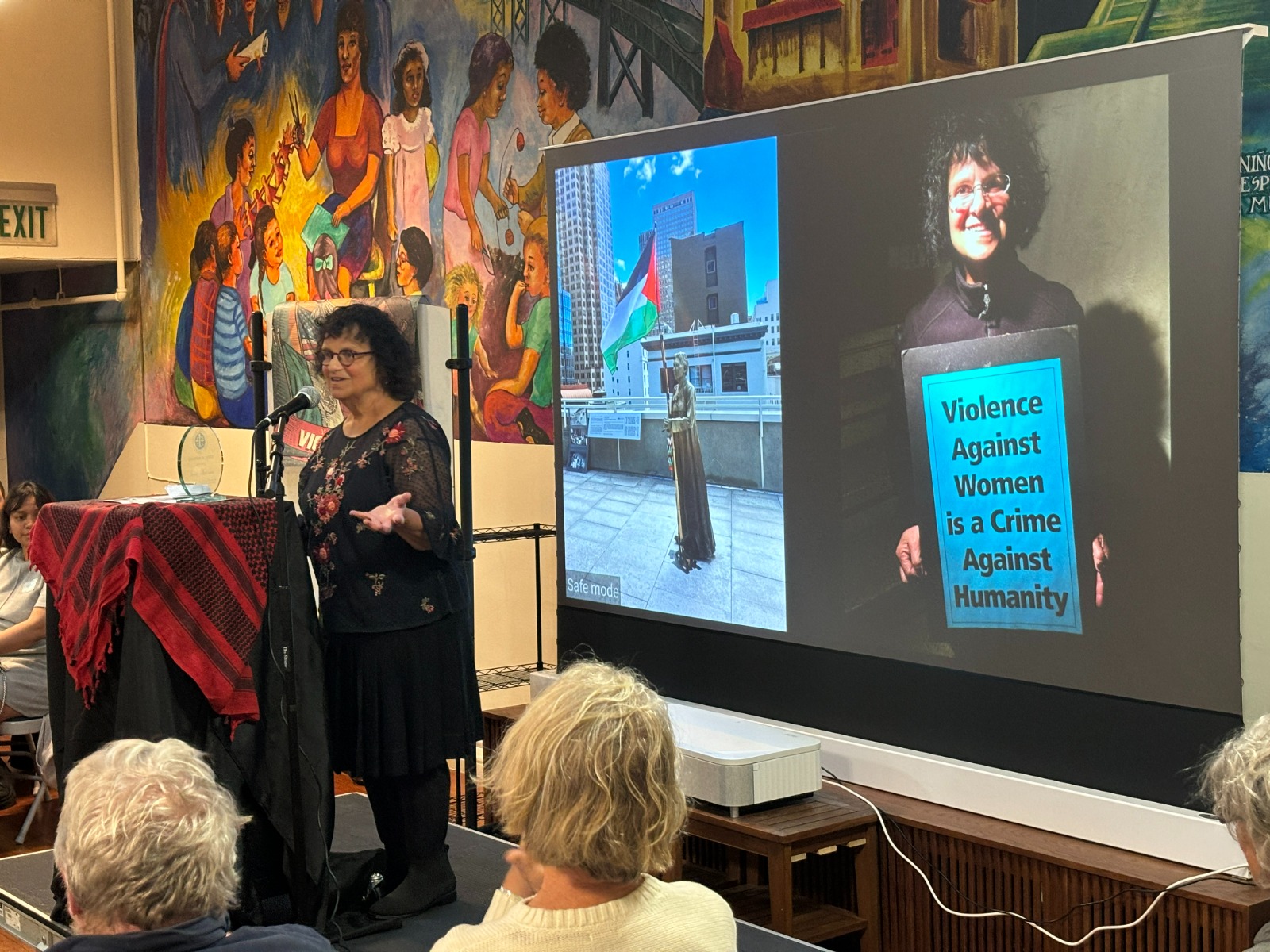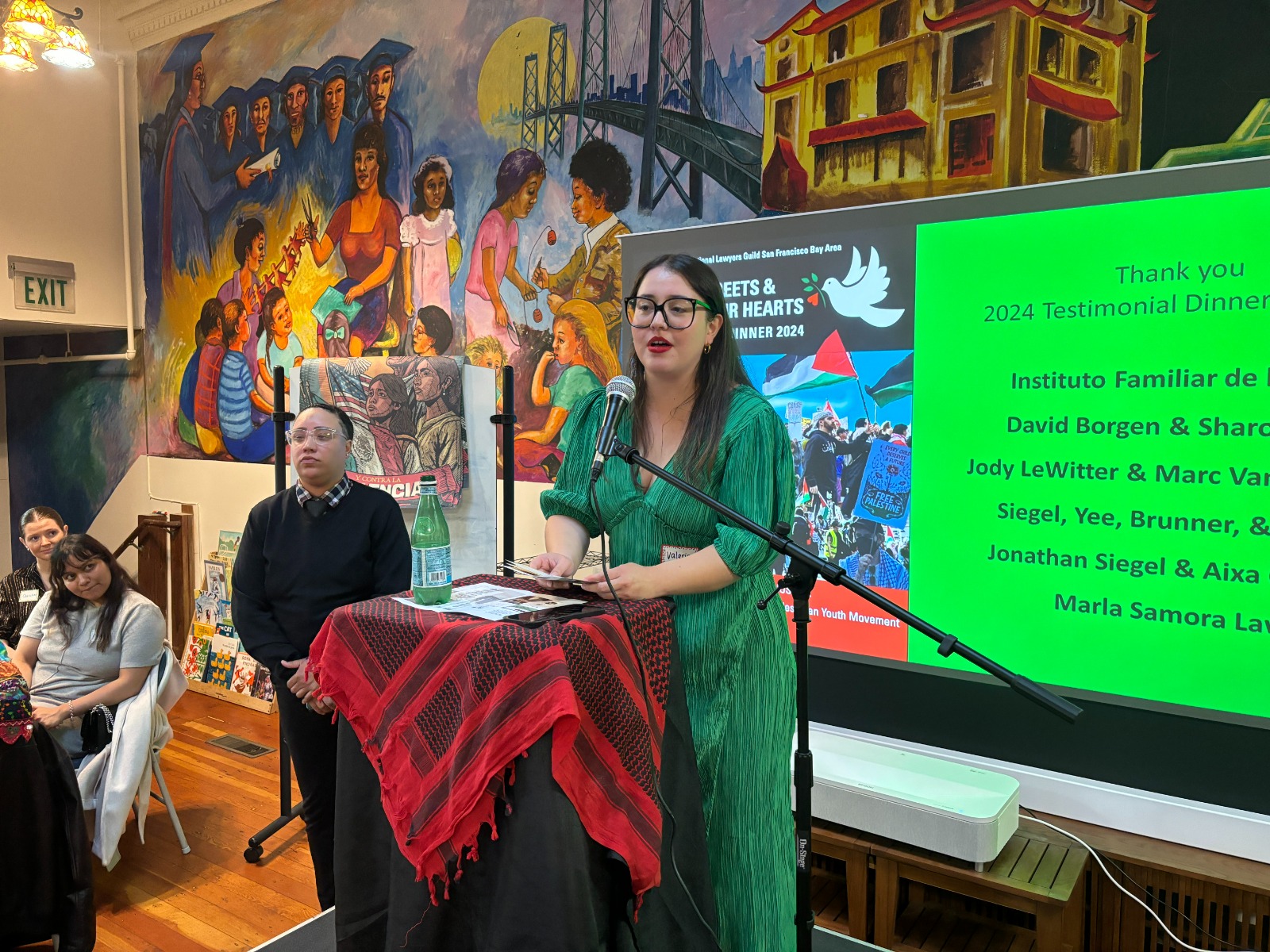[Manuel] We have talked on other occasions about the public health service Medi-Cal, which offers free or low-cost health coverage to eligible people who live in California. As of January 1, 2024, Medi-Cal had a historic expansion of its services, which now include, among many others, dental care, vision care and mental health, also, starting this year, undocumented people can also be eligible for Medi-Cal and the program is not considered a public charge, so it does not affect the process of fixing their immigration status. However, despite the benefits this Medi-Cal expansion offers, many people still don't know it exists.
[Manuel]Do you have any medical insurance or medical service?
[Tino] No
[Manuel]What do you do when you get sick?
[Tino] I Just look for some remedy.
[Manuel] So you medicate yourself?
[Tino] Yes.
[Manuel]Why don't you have health insurance?
[Tino] Because we are Latinos, right? And well, we are immigrants and health insurance is not so easy to get for us.
[Manuel]Have you heard about Medi-cal?
[Tino] No, not really.
[Manuel]Don't you know anything about Medi-cal?
[Tino] No, I don't know
[Manuel]This is Tino, a young agricultural worker originally from Veracruz with whom we spoke in Smith River, where we are currently with our rolling community radio. Smith River is a remote community incorporated into the rural county called Del Norte in northeastern California, just 15 minutes from Oregon. To get here from San Francisco, we drove 369 miles north. Approximately seven hours.
[Manuel] Part of the road, especially in Del Norte, is surrounded by giant sequoia forests. Without a doubt, these forests are among the most beautiful in the world and on one side we are accompanied by the Pacific coast. On the road you can see extensive green fields where Easter lilies are grown.
[David] They call it the Lili capital of the world here, they plant it here.
[David] Approximately it starts in April, March-April. Planting is a process that lasts six months and then, in August or September, they grow it and export it all over the world.
[Manuel]It's the world capital here
[David] The world capital of Lili, Yes.
[Manuel]And they tell me that right now in March, in about two weeks, the field will begin to be cleaned.
[David] Yes, they start working to plow, to cultivate, to sow it, to harvest it in August-September.
[Manuel] The workers, the hands that grow these flowers are Mexican.
[David] 100% Latinos.
[Manuel] And from what parts exactly?
[David] Mainly from Jalisco, but also from Michoacán, from Veracruz, there are people from the State of Mexico.
[Manuel] David Brambilia spoke, a 55-year-old migrant, originally from Jalisco, Mexico, who has been living in Smith River for 30 years. The landscape here is majestic, but migrant communities often live isolated, invisible and often without basic information about their rights and the essential health services to which they could have access.
[Manuel] Yesterday, Friday afternoon, when these workers finished their workday, I talked with some of them outside a little store next to the Lolitas taqueria. Here, they gather to do their shopping, especially on pay days like this. Most of the people who shared their words and time with me, like Tino, told me that they didn't have any health insurance nor did they know anything about Medical.
[Manuel] This is the case of Alberto Hernández, an agricultural worker originally from Chiapas, Mexico.
[Manuel] Do you have any medical services or health insurance?
[Alberto] No, no, I don't have health insurance.
[Manuel] What happens if you get sick?
[Alberto] Well, I don't know. I do not know if I go like this, if they charge a lot. I don't know. Or I go to Mexico. I don't know. One of those two.
[Manuel] Have you heard of Medical?
[Alberto] Mmm. No, no, no, I haven't heard that.
[Manuel] Amancio Hernández Hernández is a chef born in Veracruz, Mexico. He also does not have health insurance nor does he know anything about medical. When he gets sick he self-medicates.
[Manuel] Hey Amancio. Do you have any medical services? Any insurance?
[Amancio] No, I don't have one.
[Manuel] What do you do when you get sick?
[Amancio] You just buy pills in stores.
[Manuel] you self-medicate yourself.
[Amancio] Yes.
[Manuel] When was the last time you got sick? Or that you were a doctor?
[Amancio]About a month or two ago. I had fever and flu.
[Manuel] Amancio continued working sick because he had no other choice. He believed that because he did not have social security in the United States he had no right to medical services.
[Amancio] There I was just working like that, working sick because I don't have insurance. What they ask here is for insurance, to go to the hospital and all that.
[Manuel] Don't you have social security? It's that what you are saying.
[Amancio] I don't have one.
[Manuel]Hey. And have you heard of Medical?
[Amancio] Yes. The other day I went there in Crescent City, but no. According to them, the program don't benefit immigrants.
[Manuel] Amancio has heard about Medical, but someone told him that migrants do not have the right to this public health service, which is false. Medical, we already said, is not only for people born in California. Migrants, including those who are undocumented, do have rights.
[Manuel] Yadira, a young mother of a two-year-old boy and a one-month-old baby who I spoke with in Crescent City, a town south of Smith River, in the same Del Norte county has Medi-Cal, but she is not aware of the enormous expansion this service has had.
[Yadira] Yes, yes I have.
[Manuel] Did you know anything about this year's Medi-Cal expansion?
[Yadira]No, no.
[Manuel] Has no one told you that starting this year there are new services in Medi-Cal?
[Yadira] No, they haven't told me
[Manuel] As you heard it. Part of the Latino community in this remote area of California does not have the necessary information to fully exercise their right to health services in California. This work is part of ongoing research I'm doing with my colleague Peter Schurmann on health services in Latin American communities living in rural Northern California, so it will continue.






